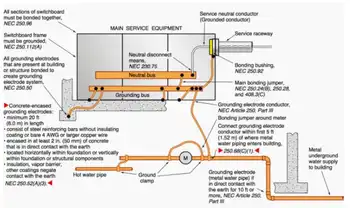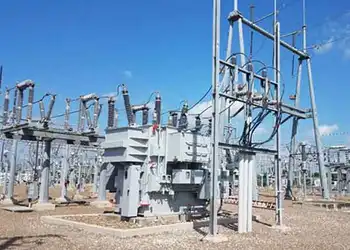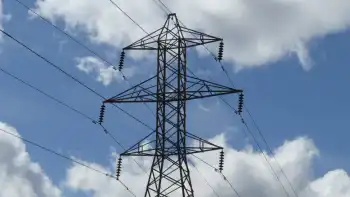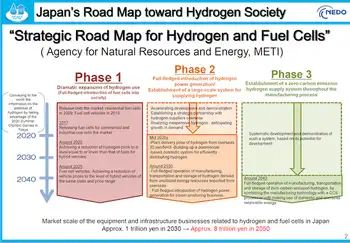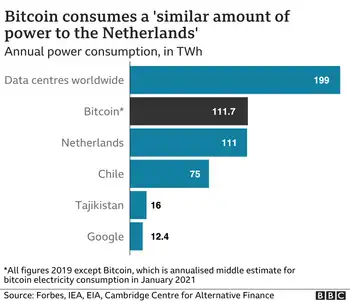Federal review urges 24 billion dollar underground radioactive waste mausoleum
By Toronto Star
NFPA 70e Training
Our customized live online or in‑person group training can be delivered to your staff at your location.

- Live Online
- 6 hours Instructor-led
- Group Training Available
This deep geological disposal, at a still undetermined location, will eventually cost $24 billion and require 60 years of further study and construction before the first bundle is buried, concludes the report by the industry-led Nuclear Waste Management Organization.
Even after all the waste is underground, the NWMO report recommends that the nuclear mausoleum be kept open for two more centuries in case Canadians change their minds or new technology emerges that makes better use of spent fuel.
"People told us this generation had a responsibility to deal with the waste but they didn't want to commit future generations by taking irreversible decisions," said NWMO president Elizabeth Dowdeswell, a former head of the U.N.'s environment program.
The draft of the organization's final recommendations says the emphasis should be on finding a "willing community" to play host to the mausoleum, which would consist of caverns excavated up to a kilometre below ground.
Initially, the organization identifies about 40 "economic regions" in Ontario, Quebec, and Saskatchewan as geologically suitable for the mausoleum. The federal government divides the country into 76 economic regions, which range from individual cities like Toronto to entire territories such as Nunavut.
Because those three provinces are geologically suitable and among those that have benefited from nuclear power and uranium mining, they "have a greater responsibility than do other provinces and territories to manage the waste stream arising from the nuclear process," the report says.
Yet communities elsewhere could offer to host the waste facility.
Anti-nuclear environmental groups slammed the report for not recommending the phase-out of nuclear power entirely.
"Nobody wants a radioactive waste dump in their backyard," David Martin, energy co-ordinator for Greenpeace Canada, said in a statement.
Brennain Lloyd of Northwatch, a regional coalition of environmental and social development groups in northeastern Ontario, dismissed the report as "just a repackaged version of the standard nuclear industry options."
More than 1.9 million bundles of waste fuel are now stored at Canada's 22 existing nuclear reactors, mostly in concrete casks kept inside ordinary metal sheds out in the open. The amount of waste fuel is expected to reach at least 3.7 million bundles during the 40-year reactor lifetimes. The waste remains dangerously radioactive for 100 centuries.
"This is a clear signal to communities near nuclear reactors of the intent to move the waste away from those sites," said Dowdeswell.
Dowdeswell said her organization would hold public meetings over the summer before submitting a final recommendation on waste storage to the federal government by a Nov. 15 deadline.
The hearings could lead to fine-tuning the timetable and stages of the "adaptive phased management" detailed in today's lengthy report, Dowdeswell said. But she did not expect the fundamental approach to change.
Her organization issued two previous discussion papers and held meetings attended by about 12,000 people over the past three years. But many of the meetings, especially in bigger centres, drew only a few dozen participants.
NWMO was set up under federal law to recommend the best long-term management of the waste fuel, almost 90 per cent of it stored at the Pickering, Darlington and Bruce power stations in Ontario.
The underground repository option chosen by NWMO relies on steel-and-copper capsules each holding 324 bundles of waste nuclear fuel. The containers would be designed to last at least 100,000 years and be sealed inside the underground caverns behind water-resistant clay barriers.
Natural and engineered barriers will protect the used fuel "from natural events such as climate change or future glaciations," the report says.
Other schemes studied and rejected by the organization involved leaving the waste dispersed at the reactor sites or building a central repository on or near the surface.
Under federal legislation, Ontario Power Generation and utilities in Quebec and New Brunswick must pay the $24 billion cost of the long-term waste management.
Dowdeswell agreed that many Canadians will likely get interested in the nuclear waste issue only after her organization recommends a site for the repository. That site selection process won't begin until the federal government passes judgment on the recommended storage method, which could be as long as a year after this November's formal report submission.
The report signalled that the NWMO is looking at potential disposal in regions beyond the granite-bound Canadian Shield. Earlier studies by Atomic Energy of Canada Ltd. and a federal environmental panel rated the shield as the only geological formation stable enough for millennia of storage.
But NWMO now says other parts of the country could also host the nuclear mausoleum since they are located on a sedimentary rock called Ordovician that is also low-risk for fractures and underground water seepage.
Although Toronto is on the Ordovician sedimentary foundation, it would almost certainly not meet an NWMO requirement that any potential disposal site have a large open space.
Extending the geological criteria now encompasses areas in Ontario such as London, Hamilton-Niagara, Windsor-Sarnia and a swath stretching from Kitchener-Waterloo up to Barrie.
Most of the rest of Ontario already qualified as a possible site for a nuclear mausoleum because it is within the Canadian Shield.
Decades of controversy and legal battles surrounded the U.S. government's bid to dig a central nuclear repository into Yucca Mountain in Nevada. But Dowdeswell said selecting a Canadian site need not follow the American example.
She noted the Finnish parliament approved a waste burial site four years ago and a test facility is now under construction. And in Sweden, authorities are studying two sites and expect to ask for regulatory approval by 2010.





